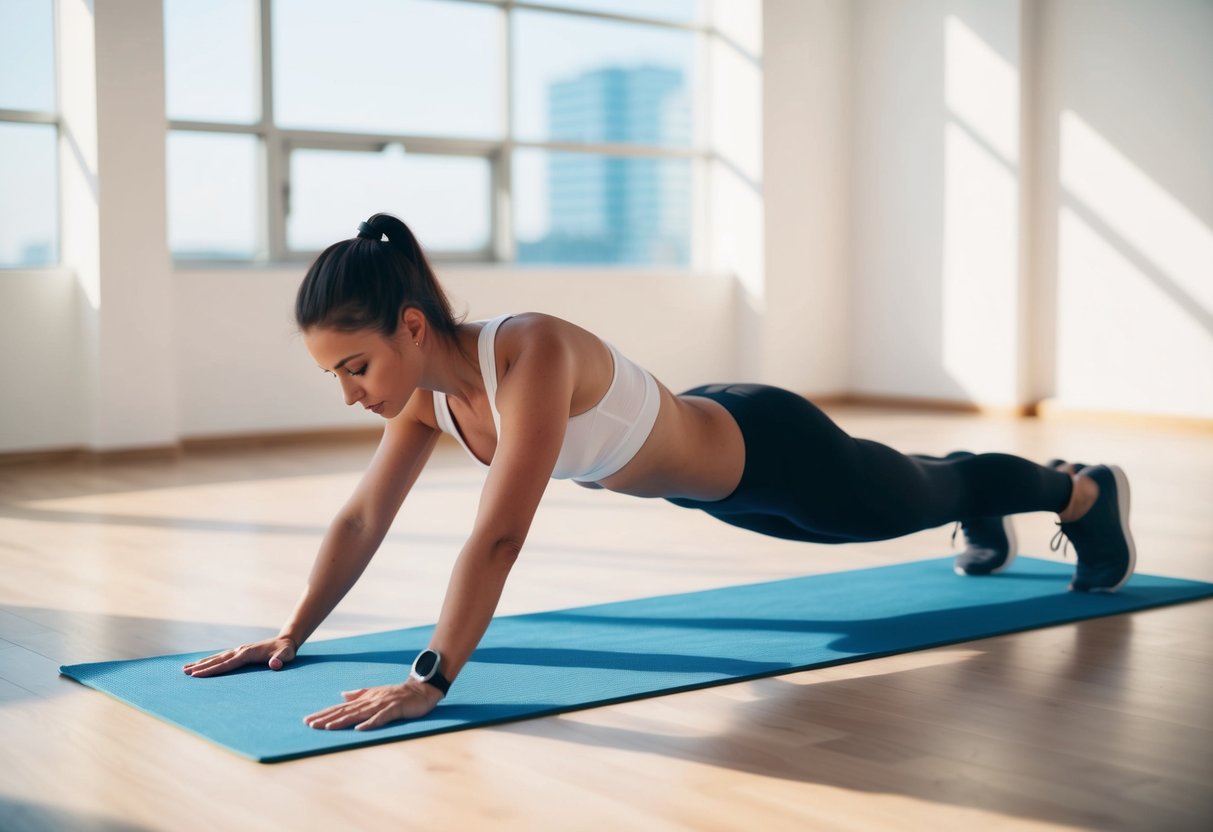DIY Calisthenics: Build Strength and Flexibility Without Equipment
Essential Equipment
Calisthenics is celebrated for its simplicity and accessibility, requiring no expensive gear. Basic items can enhance the experience, such as a quality pull-up bar that fits in a doorway or a stable frame. Resistance bands offer variety in exercises by modifying intensity and supporting complex movements. Gymnastic rings present versatile options for elevating standard routines, increasing challenges, and targeting multiple muscle groups at once.
Grip strength can be improved with the addition of parallettes or push-up bars. Comfortable workout clothes that allow flexibility and breathability are essential. A yoga mat provides cushioning for floor exercises, ensuring comfort and safety during workouts. With these essentials on hand, individuals can perform a wide array of exercises effectively and safely.
Creating Your Space
Establishing a designated workout area is essential for maintaining motivation and consistency. A spacious room or outdoor area with enough space for full range of motion is ideal. A clear and clutter-free environment helps maintain focus and reduces the risk of injury. Natural light and good ventilation enhance the workout experience, providing a fresh and energizing atmosphere.
Strategically organizing equipment within arms’ reach improves efficiency, keeping sessions uninterrupted. If outdoors, consider factors like weather conditions and privacy. Creating a motivational surrounding, perhaps with inspirational visuals or music options, can contribute significantly to the workout environment. With a well-prepared space, engaging in calisthenics becomes an enjoyable and effective part of daily life.
Core Exercises

Calisthenics exercises can significantly build muscle and improve functional strength and stability. Detailed attention to form, especially in push-ups and planks, helps maximize these benefits.
Push-Ups and Variations
Push-ups are a fundamental bodyweight exercise that effectively target the chest, shoulders, and triceps. Standard push-ups enhance upper body strength, while variations can increase challenge and focus on different muscle groups.
Wide push-ups emphasize the chest by placing the hands slightly farther apart. Close-grip push-ups, with the hands closer together, focus more on the triceps. For increased difficulty, decline push-ups can be performed by elevating the feet, placing additional emphasis on the upper chest. Each of these variations can be adapted to increase intensity by adding reps or slowing down movements.
Planks for Stability
Planks serve as an essential exercise for developing core stability and strength. The forearm plank, with elbows directly beneath the shoulders, requires holding a static position to engage the core muscles efficiently.
Side planks introduce a rotational component, targeting the obliques and improving lateral stability. For those seeking more challenge, dynamic planks, involving movement such as transitioning between forearm and straight-arm positions, further test endurance and coordination. Maintaining proper posture and tight core engagement during these efforts is crucial to maximizing functionality and preventing injury.

